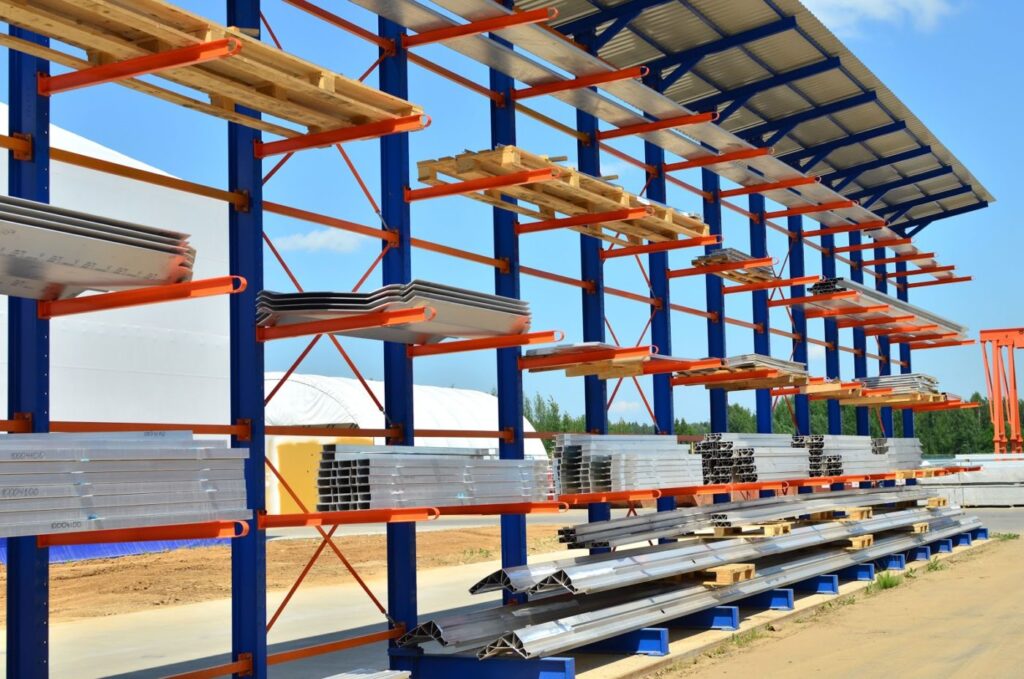Introduction to Modern Plastic Surgery
Plastic surgery has advanced significantly in recent years, offering patients a range of innovative options to enhance their appearance, boost confidence, and improve physical functionality. As medical technology has progressed, so have the techniques and procedures used in plastic surgery, making the field more accessible, safer, and capable of delivering better results than ever before. Patients now have a variety of minimally invasive and surgical options to achieve their aesthetic goals, with a focus on quicker recovery times, natural-looking outcomes, and overall patient satisfaction.
One of the primary factors driving these advancements is the emphasis on personalized care and precision in plastic surgery. Surgeons now have access to advanced imaging techniques, allowing them to create customized treatment plans tailored to the specific needs and desires of each patient. This ensures that the results align with the patient’s expectations while maintaining harmony with their natural features. Moreover, the use of cutting-edge technology has improved the accuracy of procedures, minimizing risks and enhancing recovery times. In this article, we will explore the long-term benefits of modern plastic surgery and how these innovations are reshaping the field for both patients and surgeons.
Minimally Invasive Procedures and Their Impact on Recovery
“One of the most notable trends in modern plastic surgery is the rise of minimally invasive procedures. These procedures involve fewer and smaller incisions, which reduce scarring, minimize discomfort, and shorten recovery periods. Techniques such as laser treatments, injectable fillers, and non-surgical body contouring have become increasingly popular because they provide effective results with less downtime compared to traditional surgical methods.
For instance, laser-based skin resurfacing treatments can reduce wrinkles, acne scars, and pigmentation issues by stimulating collagen production without the need for invasive surgery. Similarly, injectable treatments like Botox and dermal fillers offer temporary but noticeable improvements in facial wrinkles, volume loss, and skin texture. The convenience of these procedures has made them popular choices for individuals seeking subtle, long-lasting enhancements without undergoing major surgery.” – Dr. Darren Smith, Founder at Darren Smith Md.
In addition to the aesthetic benefits, minimally invasive procedures are associated with a lower risk of complications. Since these procedures involve less tissue manipulation and smaller incisions, patients experience less swelling, bruising, and discomfort. This means they can return to their daily activities sooner and achieve their desired results with minimal disruption to their lives. These advancements have made plastic surgery more accessible to a broader audience, as patients no longer need to undergo major surgery to achieve their cosmetic goals.
Advanced Techniques in Facial Rejuvenation
Facial rejuvenation is one of the most sought-after categories in plastic surgery, and recent advancements have made it possible to achieve natural, youthful results with a reduced risk of complications. Facelift techniques, for example, have evolved from traditional, highly invasive procedures to more refined methods that target specific areas of concern. Surgeons now focus on repositioning underlying facial structures and enhancing volume to create a more youthful appearance while avoiding the “pulled” look often associated with older techniques. A facial plastic surgeon beverly hills, or from elsewhere, can offer personalized treatment plans for your facial structure and aesthetic goals. Their expertise can ensure that you receive the most appropriate treatment for your needs, resulting in a refreshed and rejuvenated appearance.
Modern facelift techniques, such as the deep-plane facelift and the SMAS (superficial musculoaponeurotic system) lift, target the deeper layers of facial tissue, providing longer-lasting results while maintaining a natural appearance. These procedures not only tighten the skin but also restore lost volume in key areas like the cheeks and jawline. Since face lift sydney (or elsewhere) leverages such advanced surgical methods, patients often experience reduced recovery times and minimal visible scarring compared to traditional facelifts. The result is a smoother, more youthful contour that ages gracefully over time.
Additionally, non-surgical facial rejuvenation options have grown in popularity. Treatments such as radiofrequency-based skin tightening, microneedling with PRP (platelet-rich plasma), which can sometimes cause swelling after PRP injection face, and fat grafting have gained traction as less invasive alternatives to traditional facelifts. These treatments are ideal for patients seeking gradual improvements in their facial appearance without the need for extensive surgery. With minimal recovery time and a focus on enhancing the body’s natural regenerative processes, non-surgical options offer lasting results for many patients.
Body Contouring and Fat Reduction Innovations
“Body contouring is another area where modern plastic surgery has made significant advancements. Traditional liposuction, while still a popular choice for fat reduction, has been joined by several non-surgical alternatives that offer effective fat removal with little to no downtime. Procedures such as CoolSculpting, which uses cryolipolysis (fat freezing) to eliminate fat cells, and SculpSure, which uses laser energy to target fat, provide patients with less invasive options for sculpting their bodies.” – Peter Brooke, CEO at HealthPlusLife.
In addition to non-surgical fat reduction methods, there have been improvements in the field of surgical body contouring. Techniques such as liposuction-assisted abdominoplasty (tummy tuck) allow surgeons to remove excess skin and fat while tightening the abdominal muscles, resulting in a smoother, more toned appearance. Similarly, procedures like the Brazilian Butt Lift (BBL) use fat transfer techniques to enhance the shape and volume of the buttocks without the need for implants. These advancements not only improve the aesthetic outcomes but also contribute to quicker recovery times and more comfortable healing processes for patients.
Another trend in body contouring is the focus on “natural” results. Patients are increasingly seeking subtle enhancements that enhance their existing body proportions rather than dramatic changes. Surgeons have responded by refining their techniques to achieve smooth, contoured results that look and feel natural. This patient-centric approach ensures that the final outcome aligns with the individual’s aesthetic goals while maintaining a harmonious overall appearance.
Breast Augmentation and Reconstruction Innovations
Breast augmentation remains one of the most popular plastic surgery procedures worldwide, and ongoing innovations have made it safer, more customizable, and more natural-looking than ever before. Advancements in implant technology, such as cohesive gel (gummy bear) implants, offer patients more durable and natural-feeling options. These implants are designed to maintain their shape even in the event of a rupture, reducing the risk of complications and ensuring long-term satisfaction with the results.
In addition to improved implant technology, there have been advancements in breast reconstruction techniques for patients who have undergone mastectomy due to breast cancer. Autologous tissue reconstruction, which uses a patient’s own tissue (such as fat from the abdomen) to reconstruct the breast, offers a natural alternative to implants. This method allows for more personalized reconstruction options, giving patients greater control over the look and feel of their reconstructed breasts.
Fat grafting has also emerged as a complementary technique in both breast augmentation and reconstruction. By transferring fat from other areas of the body, surgeons can add volume and shape to the breasts without the need for synthetic implants. This approach is particularly appealing to patients who prefer a more natural, organic enhancement. Additionally, fat grafting can be used to correct asymmetry and refine the results of previous surgeries, further contributing to patient satisfaction.
Post-Operative Care and Recovery Improvements
One of the key factors contributing to the long-term benefits of modern plastic surgery nyc or similar procedures elsewhere is the significant improvement in post-operative care and recovery processes. Thanks to advancements in surgical techniques, anesthesia, and pain management, patients experience less discomfort during the recovery phase, leading to faster healing and a smoother overall experience. Surgeons now employ less invasive techniques that minimize tissue trauma, resulting in reduced swelling and bruising, as well as shorter recovery times.
Enhanced recovery protocols (ERPs) have become an integral part of modern plastic surgery practices, focusing on optimizing patient outcomes and minimizing complications. These protocols include preoperative education, multimodal pain management strategies, and postoperative physical therapy. By addressing all aspects of the recovery process, ERPs ensure that patients heal faster, experience less discomfort, and return to their daily activities more quickly.
Moreover, many surgeons now use advanced wound care products and techniques that promote faster healing and reduce the risk of scarring. Silicone-based scar treatments, for example, help improve the appearance of incisions over time, leading to less noticeable scars. Additionally, patients are encouraged to follow a structured aftercare regimen, including massage, compression garments, and proper skincare, to maximize their results and ensure a smooth recovery.
Psychological and Emotional Benefits of Plastic Surgery
While the physical improvements achieved through plastic surgery are well-documented, the psychological and emotional benefits are equally significant. Many patients seek plastic surgery to improve their self-esteem, confidence, and overall quality of life. Studies have shown that individuals who undergo procedures such as facelifts, breast augmentation, or body contouring report higher levels of satisfaction with their appearance, which can translate to increased confidence in both personal and professional settings.
In some cases, plastic surgery can help address long-standing insecurities or physical conditions that have impacted a person’s self-image. For example, patients who have struggled with significant weight loss may choose to undergo body contouring to remove excess skin, allowing them to feel more comfortable in their bodies. Similarly, individuals with congenital deformities or those who have experienced trauma may seek reconstructive surgery to restore function and improve their appearance.
However, it is important to approach plastic surgery with realistic expectations. While these procedures can enhance one’s appearance and boost confidence, they are not a cure-all for deeper emotional issues. Surgeons often emphasize the importance of psychological readiness and self-acceptance before undergoing surgery, ensuring that patients are making informed decisions for the right reasons.
Conclusion
Modern plastic surgery has transformed dramatically, offering patients a range of innovative procedures that enhance both appearance and quality of life. Whether through minimally invasive treatments, advanced facial rejuvenation techniques, or body contouring innovations, the field continues to evolve, providing safer, more effective options with long-lasting results. Additionally, advancements in post-operative care and recovery protocols ensure that patients heal faster and experience greater comfort during the recovery process.
As plastic surgery becomes more refined and accessible, individuals can enjoy not only the physical benefits but also the psychological and emotional improvements that come with enhanced confidence and self-esteem. By understanding the latest innovations and working closely with qualified surgeons, patients can make informed decisions that align with their personal aesthetic goals and overall well-being. Whether seeking subtle enhancements or transformative changes, modern plastic surgery offers a world of possibilities for those looking to improve their appearance and live life to the fullest.






